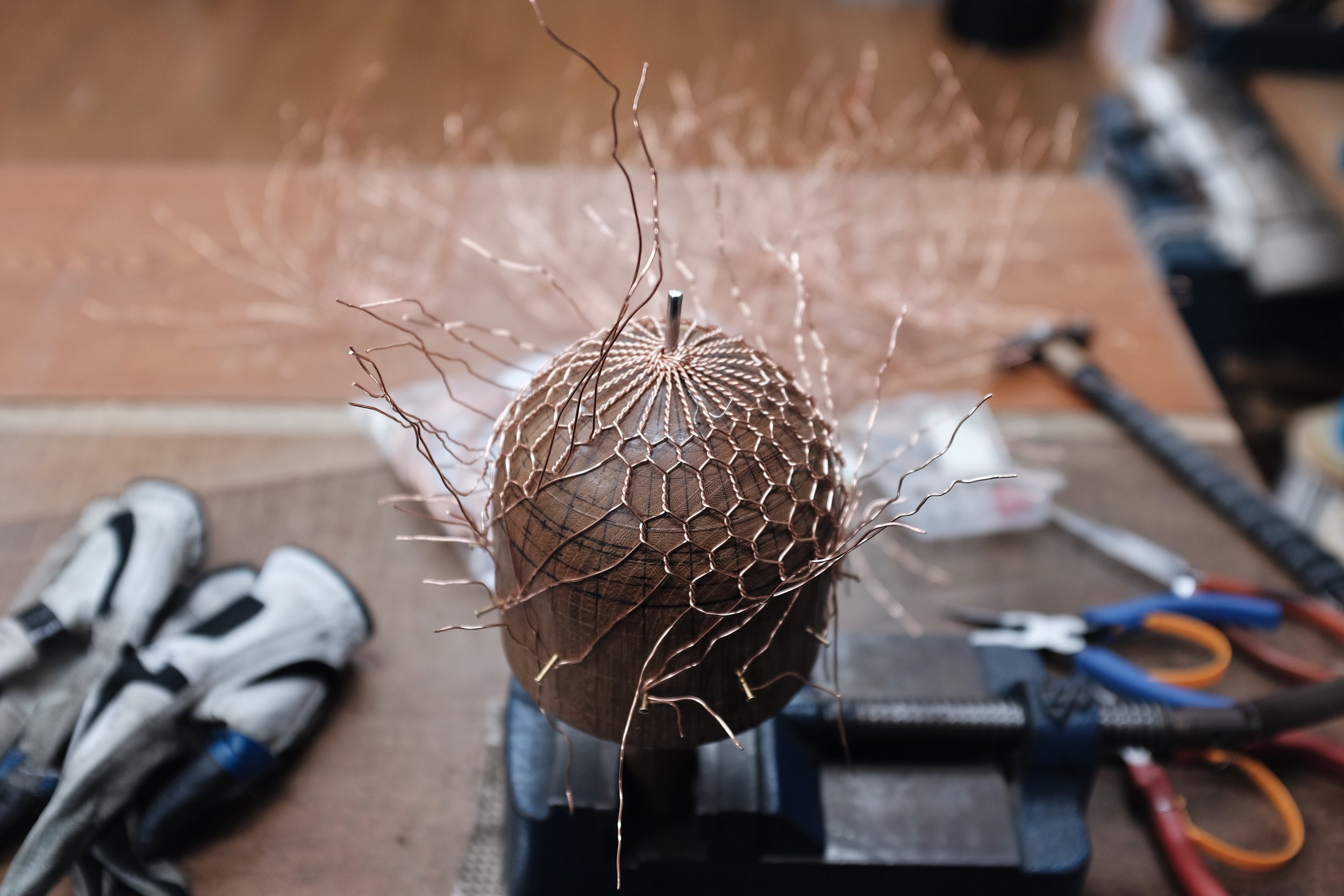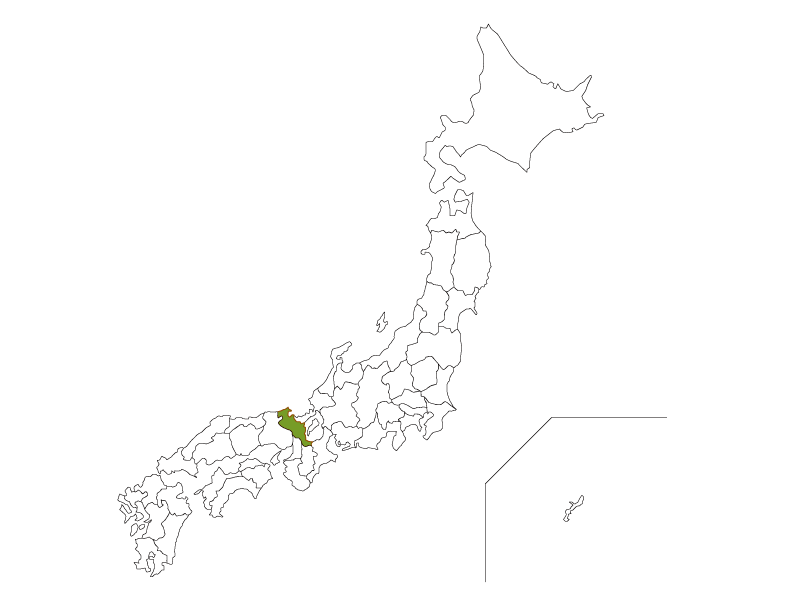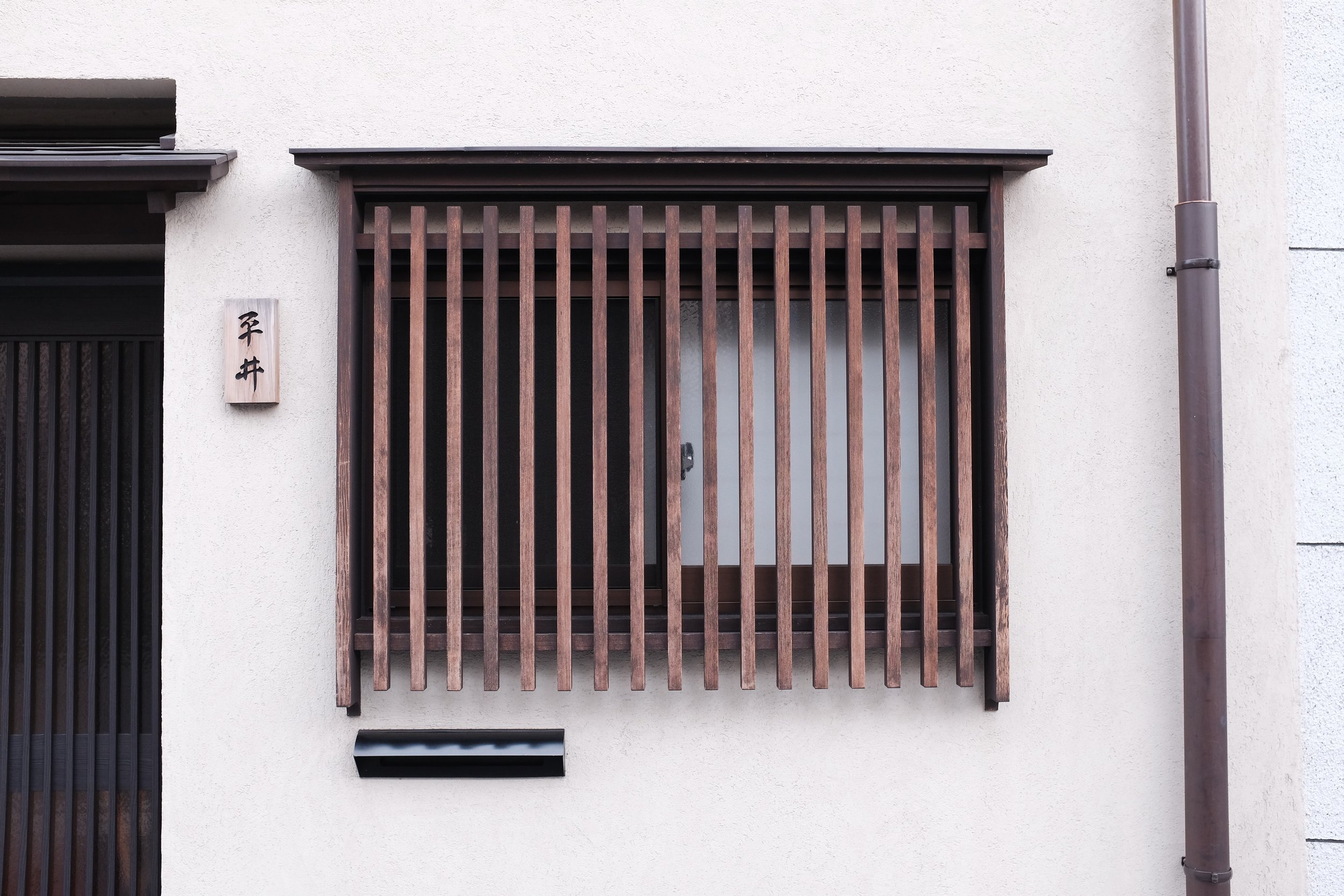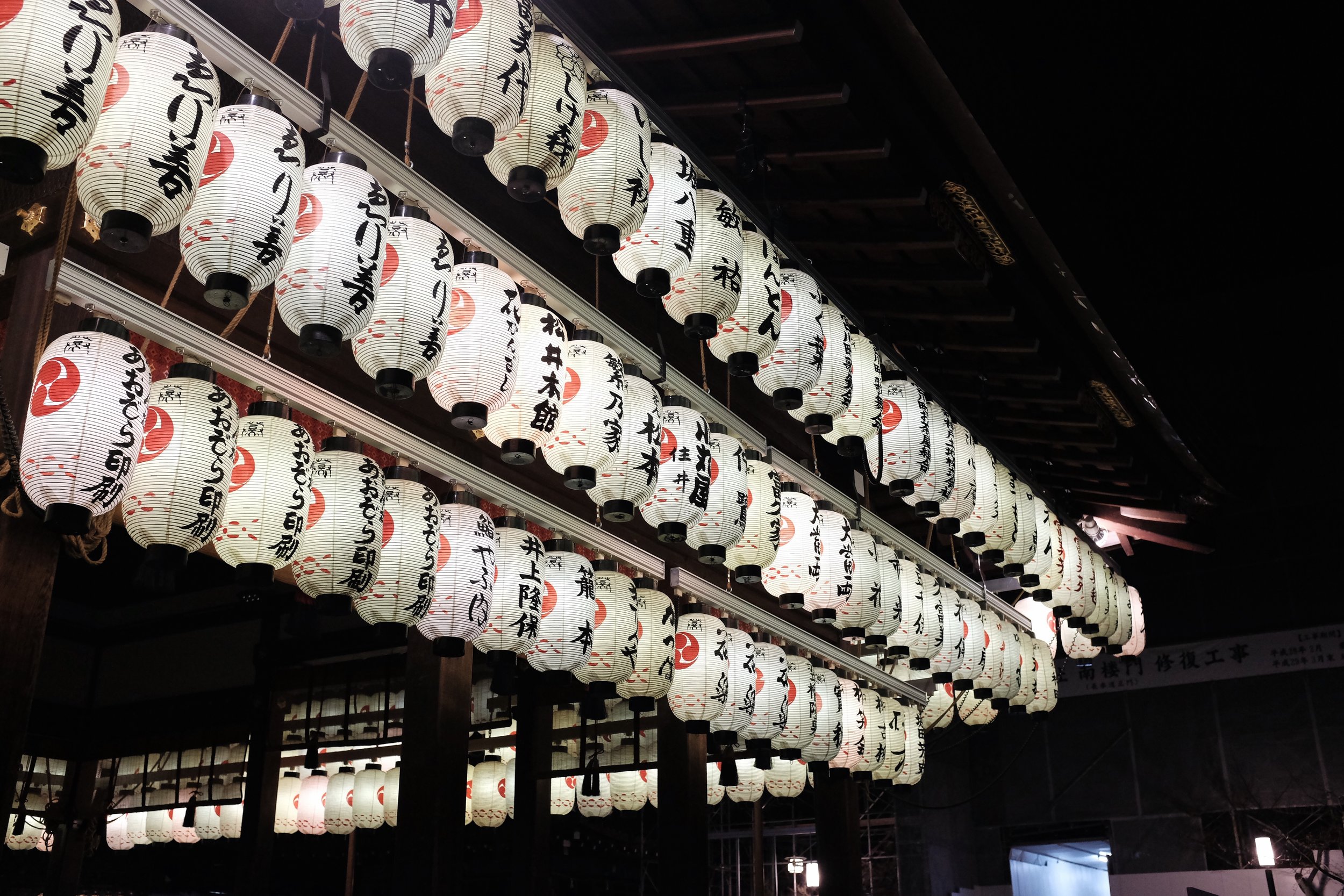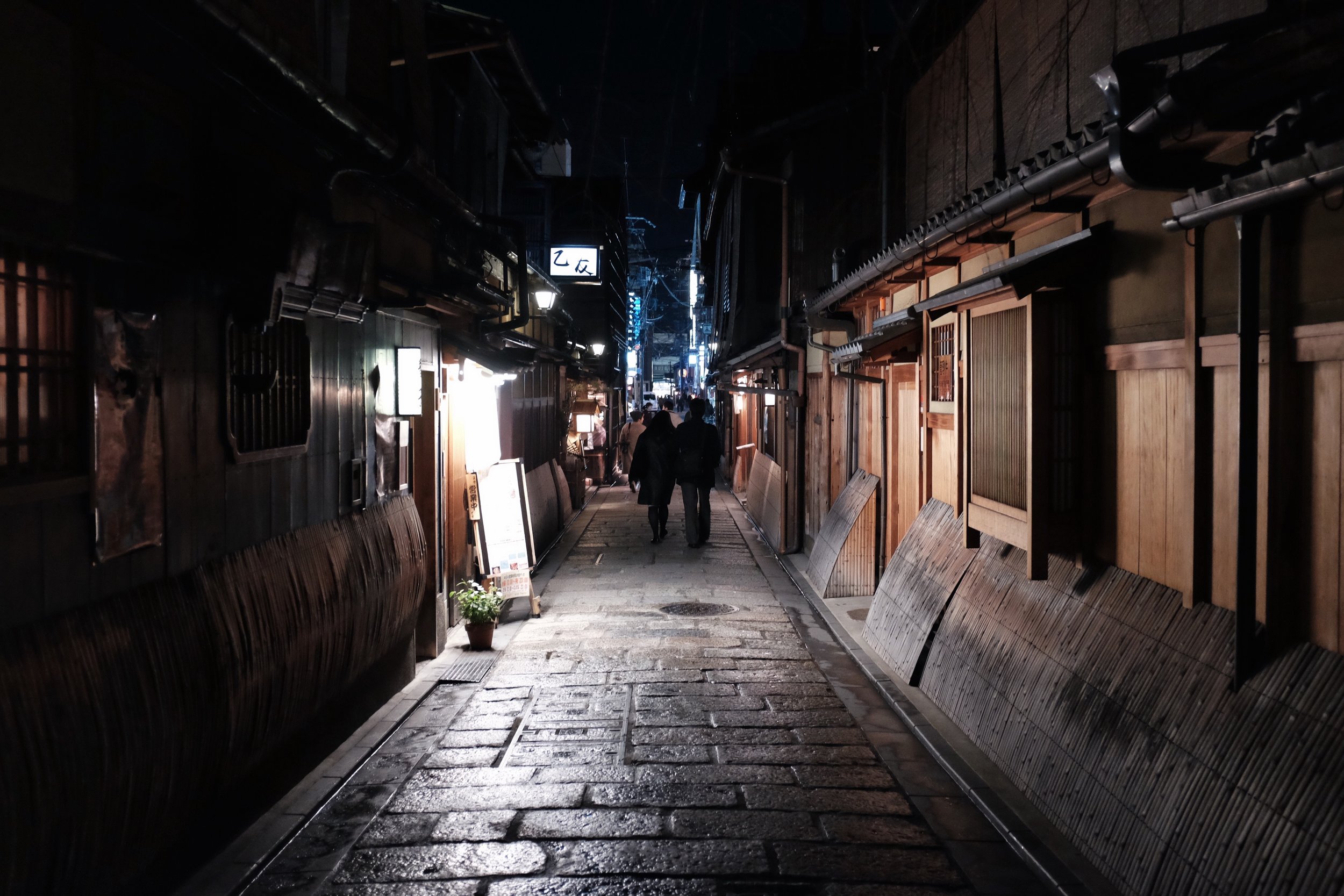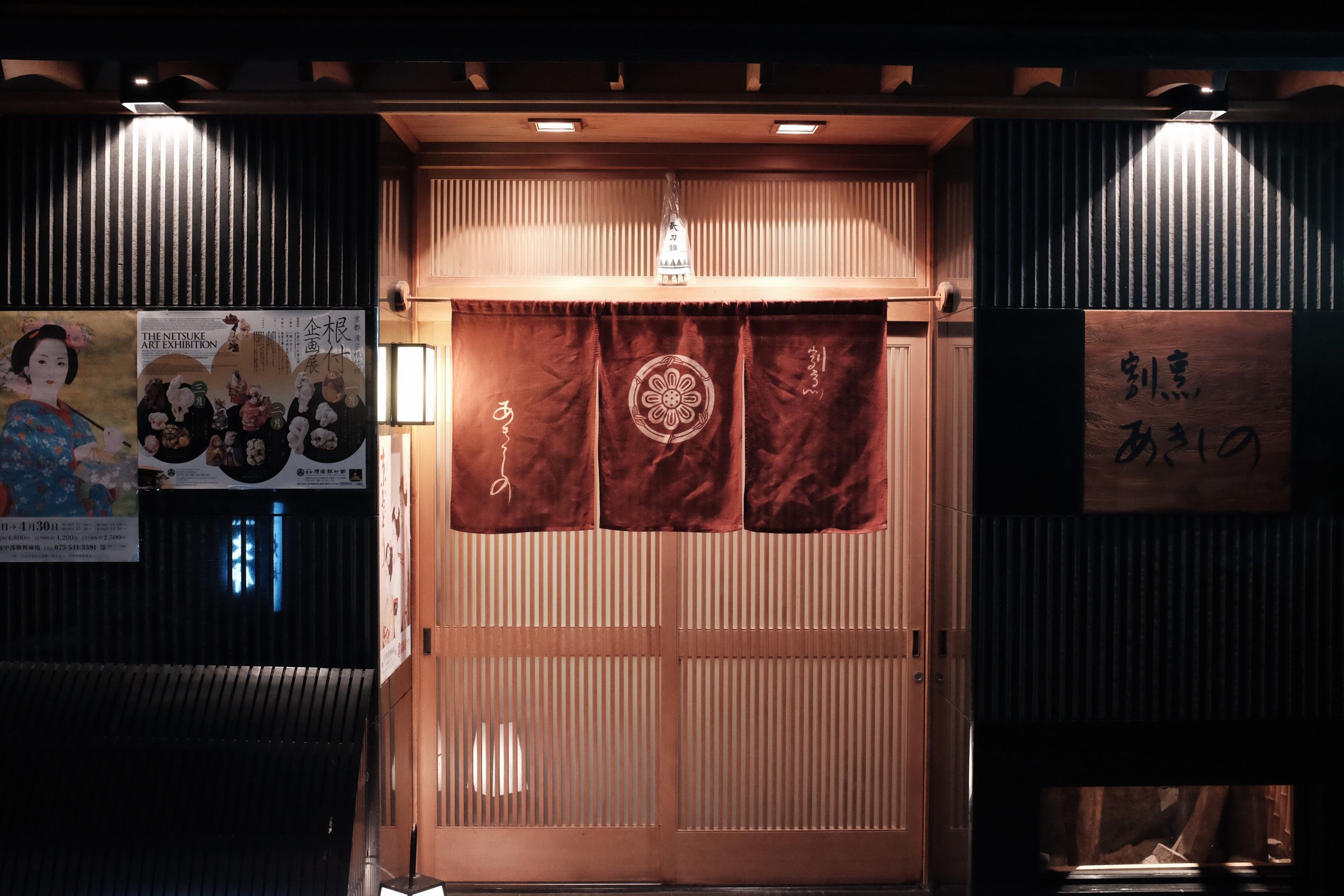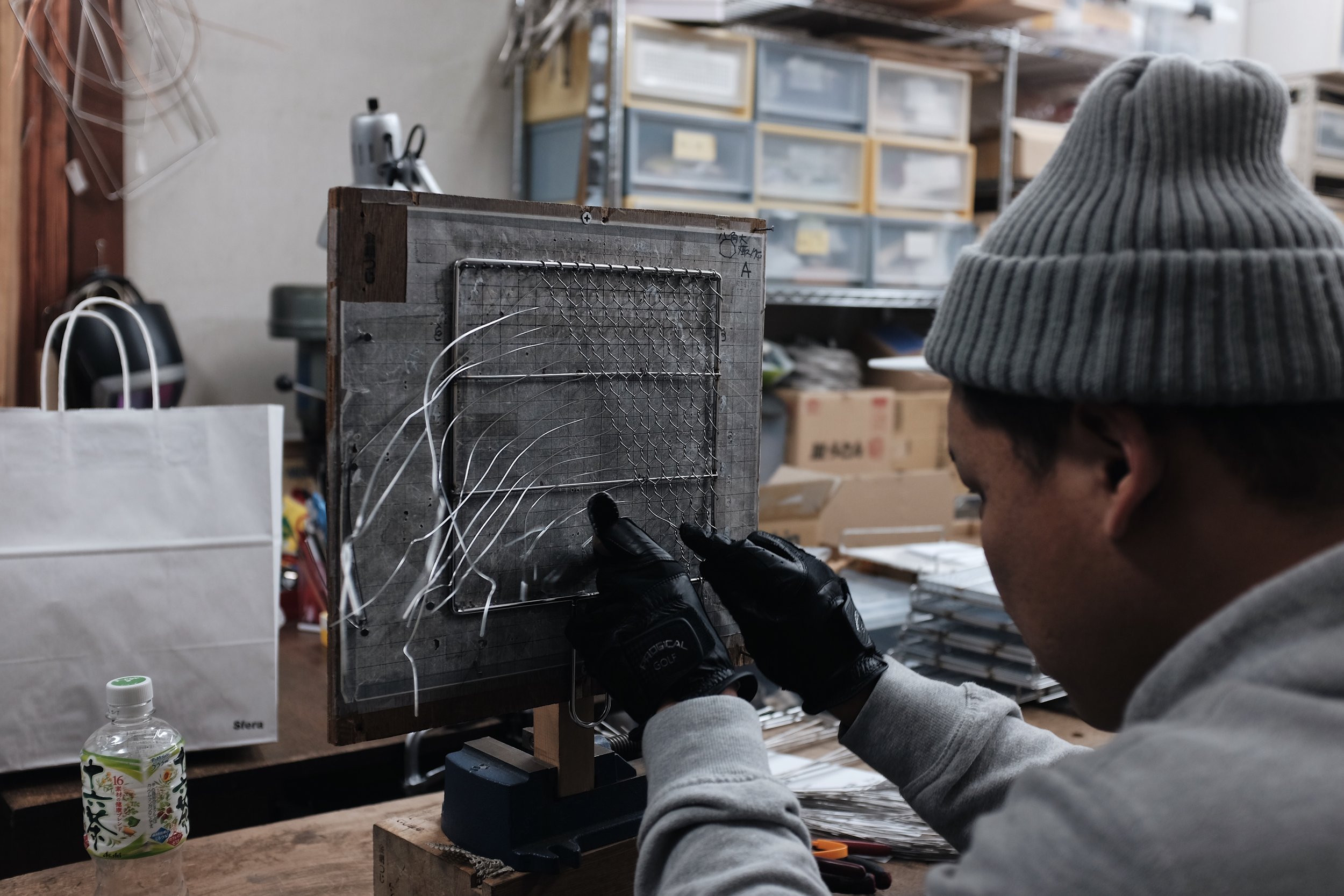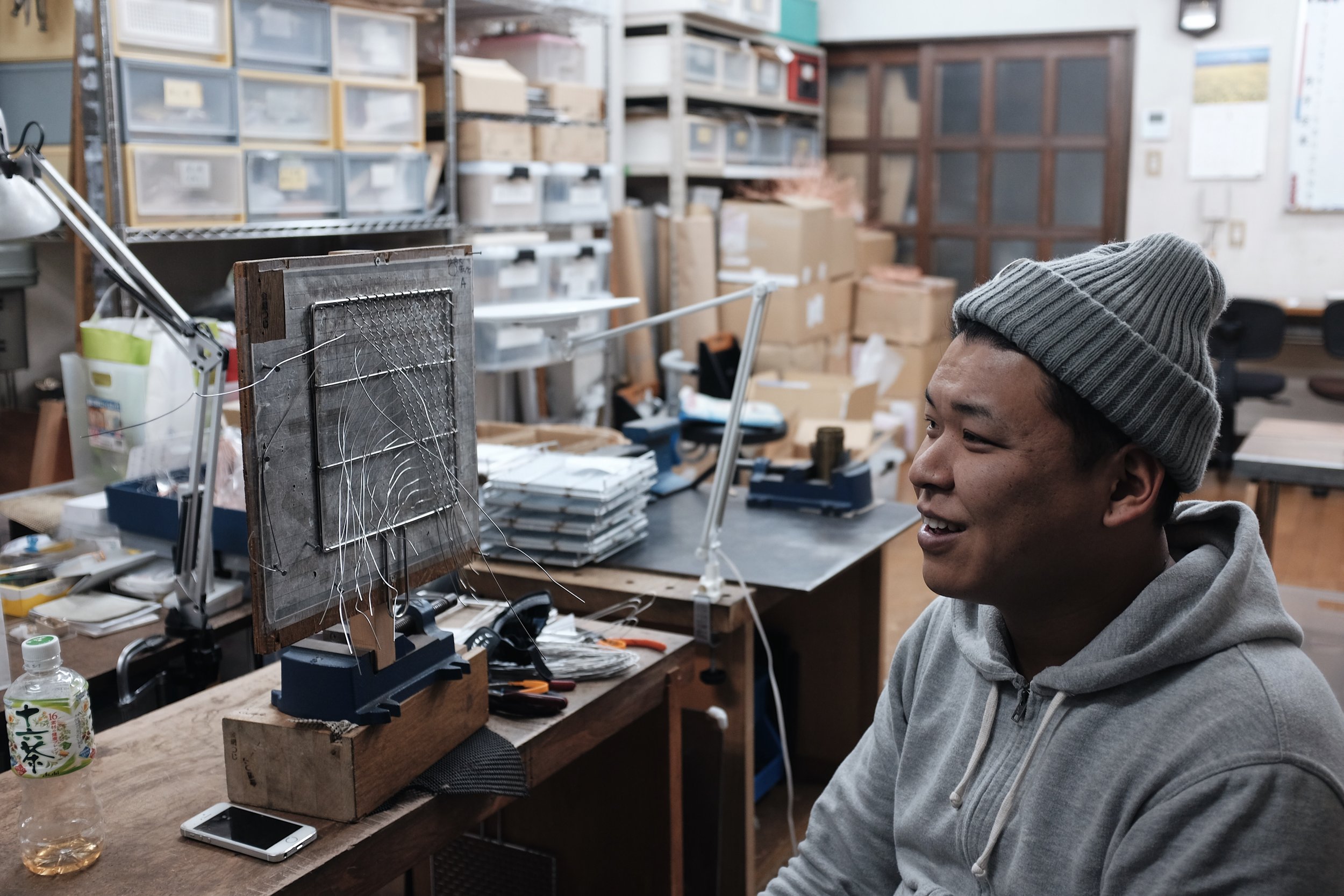Kanaami - The Art Of Hand Woven Metal Wire Crafts | Kyoto Workshop visit
“Kanaami crafting is not merely about weaving together metal strands. It’s about interlacing tradition and innovation, function and beauty, to create a tangible testament of our heritage that resonates with the rhythm of daily life.”
Kyoto’s Cultural Landscape
Kyoto, known as Heian-kyo during the Heian Period (794-1185), was the capital of Japan and the center of its cultural and political activities. Many traditional crafts, including Kanaami, originated and thrived in Kyoto due to the city's cultural prominence and the demands of the imperial court and nobility, who had a refined appreciation for arts and crafts. Kanaami, which involves the weaving of metallic wires into intricate patterns, was initially developed to produce practical items such as cooking utensils, fishing nets, and tea strainers. These items were heavily used in the daily life of the court and the households of nobility. Over time, the craft was also applied to make tools for tea ceremonies and Buddhist rituals, activities deeply ingrained in Kyoto's cultural heritage. Additionally, the city of Kyoto has long been known for its artisan communities. These communities have nurtured and passed down traditional crafting techniques, including Kanaami, from generation to generation. The cultural environment, rich history, and the appreciation of traditional arts in Kyoto have played a significant role in preserving and promoting the Kanaami craft over the centuries. As a result, the tradition continues to be alive today, with workshops such as Kanaami-Tsuji faithfully maintaining and innovating the Kanaami technique.
What is Kanaami - 金網
Kanaami is an old craft from the Heian Period (794-1185) in Japan. This craft involves weaving metal wires into beautiful, net-like patterns. It's used to make everyday items like cooking tools and special items for tea ceremonies. Kanaami brings together the beauty and usefulness of objects. This important craft has been passed down through generations and is a part of Japan's daily life.
The Kanaami-Tsuji workshop in Kyoto continues this tradition. The workshop, run by Toru Tsuji, has been around since 1712 and is where the Kanaami technique is kept alive. Here, the old methods are kept while new designs are created to keep up with modern tastes. Every piece from the workshop shows both the old tradition and new ideas, linking us to Kyoto's cultural history.
Original Hand weaving Wire Netting Techniques and modern design
Toru Tsuji, the current leader of the Kanaami-Tsuji workshop, is dedicated to his craft. Toru respects the old ways of Kanaami but also brings in new ideas. Every item he makes, whether a kitchen tool or a piece of wire art, shows the beauty of the Kanaami technique and connects us to the rich cultural history of Kyoto.
Toru is also committed to teaching about Kanaami. He makes more than just traditional kitchen items, creating decorative items and art pieces too. He believes in teaching the younger generations about Kanaami to keep the craft alive. Under Toru's leadership, the Kanaami-Tsuji workshop keeps Kyoto's artistic culture alive, ensuring the craft of Kanaami will continue into the future.
Photo Credit to Native & Co

